36 Iconic 1960s Cars That Weren’t As Great As They Seemed
My uncle once bought a mint-condition ’64 Thunderbird after years of dreaming about it. He polished it every Sunday, swore by its elegance, and talked about it like it was royalty on wheels.
Then one day, after a short road trip, he admitted through gritted teeth, “It drives like a boat with a bad rudder.”
The 1960s gave us unforgettable styling and bold ideas, but not every head-turner held up under closer inspection.
Some looked like legends but felt more like letdowns once the chrome glow wore off.
1. Chevrolet Corvair
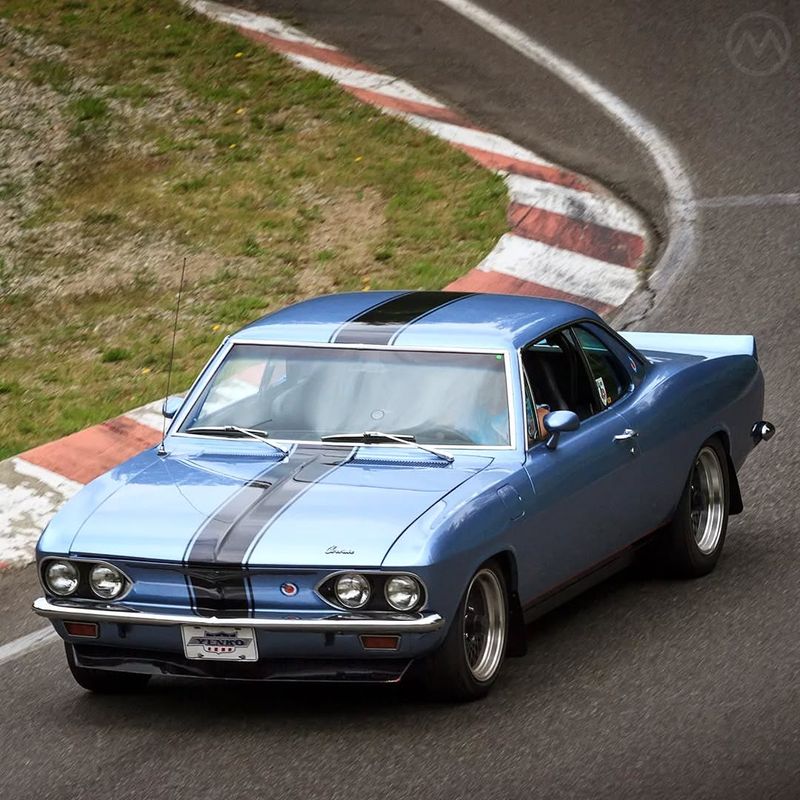
The Chevrolet Corvair tried to break the mold, boasting a rear-engine design. However, its handling proved more unpredictable than a cat on roller skates.
Ralph Nader famously targeted the Corvair in his book “Unsafe at Any Speed,” bringing its dangers to light. Despite its stylish appearance, drivers found themselves wrestling with stability issues.
Its unique approach to engineering was innovative but ultimately flawed. Today, it’s a symbol of beauty over function, teaching us that looks aren’t everything.
2. Ford Edsel
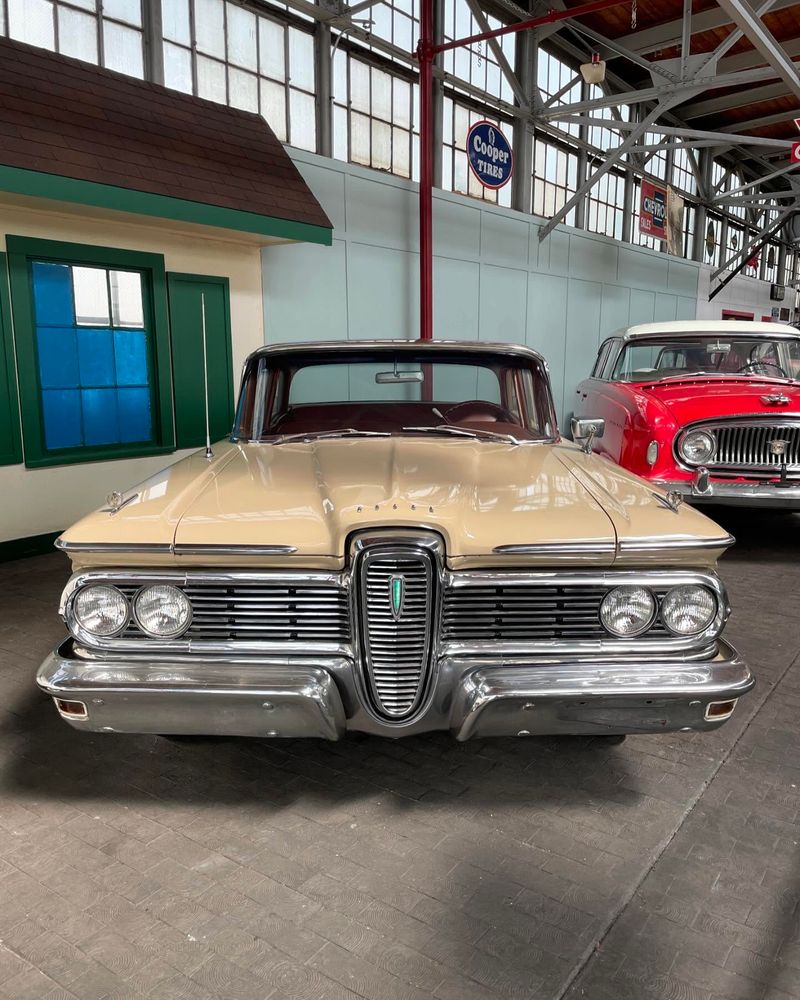
The Ford Edsel was supposed to herald a new era of automotive design. Instead, it became synonymous with failure. Its quirky styling left consumers scratching their heads.
Introduced with great fanfare, it quickly fizzled out, unable to find its footing in the market. Consumers were not impressed, and sales plummeted.
Today, the Edsel serves as a cautionary tale of over-ambitious marketing and misunderstood design. It’s a reminder that innovation needs to meet practical needs.
3. AMC Marlin
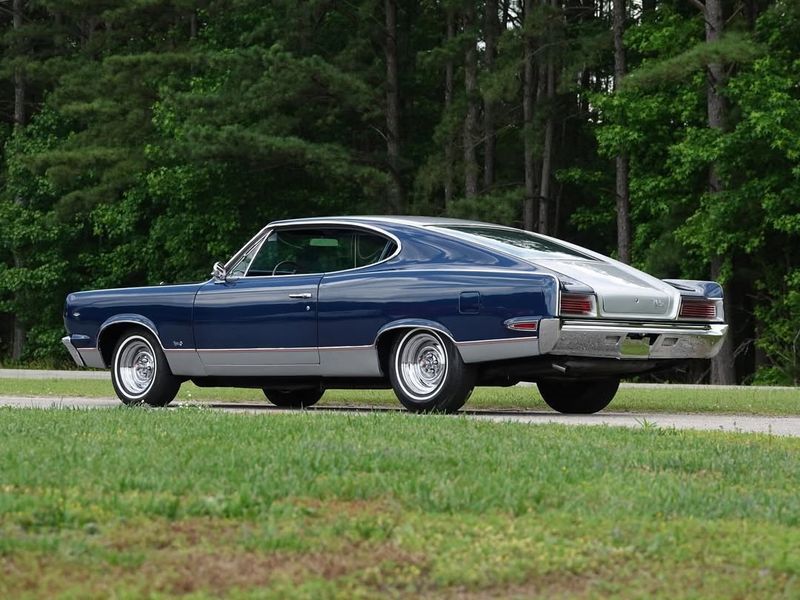
The AMC Marlin looked like it was designed by someone who loved both muscle cars and fish—and couldn’t decide between the two.
It had fastback flair and decent V8 options, but its heavy body and awkward proportions didn’t match its sporty intentions.
AMC called it a “personal luxury car,” but the styling confused more than it excited. Buyers weren’t sure what it was, and neither was AMC. It flopped hard against flashier, better-driving rivals.
4. Triumph TR7

Billed as “The Shape of Things to Come,” the Triumph TR7’s design was groundbreaking—just not in a good way. Its wedge shape divided opinion.
Performance issues and poor build quality plagued the TR7, leaving enthusiasts disheartened. Despite its futuristic look, it couldn’t deliver the driving pleasure expected.
This car serves as a lesson in ambition overwhelming execution. The TR7’s bold design still sparks debate among classic car aficionados today.
5. MG Midget
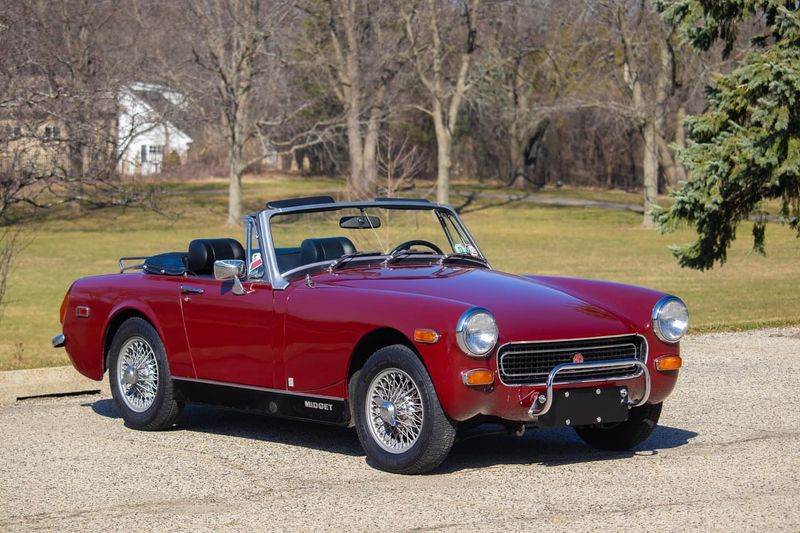
The MG Midget was tiny, charming, and a joy to toss around—if you didn’t mind pretending to be a giant.
With skinny tires, no creature comforts, and just enough power to edge out a bicycle, it was less “sports car” and more “toy car.” It handled well, but reliability was always an adventure.
You needed patience, tools, and maybe a backup ride. Beloved? Sure. But practical or polished? Not really. It was charmingly flawed.
6. Renault Dauphine

The Renault Dauphine was a darling in Europe but struggled on American soil. Its delicate build couldn’t handle the rigors of U.S. roads.
Engine performance was underwhelming, often leaving drivers yearning for more power. The Dauphine’s charm was overshadowed by frequent breakdowns.
Though its styling was typically French and chic, it wasn’t enough to sustain its popularity.
7. Hillman Imp
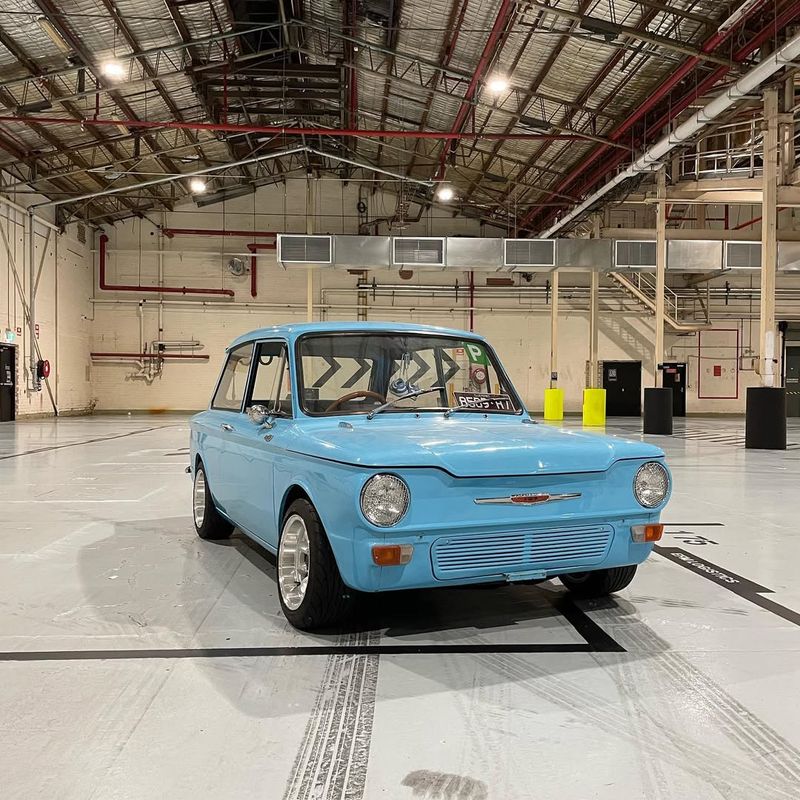
Meant to challenge the Mini, the Hillman Imp had an engine in the back, a rear window that opened like a hatch, and tons of potential.
Unfortunately, quality control missed the memo. Overheating, oil leaks, and gearbox gremlins haunted early models.
It drove well when it worked, but reliability issues and a lack of dealer support buried it fast. It was an ambitious swing that struck out, even though it looked like a scrappy underdog.
8. Ford Falcon Sprint
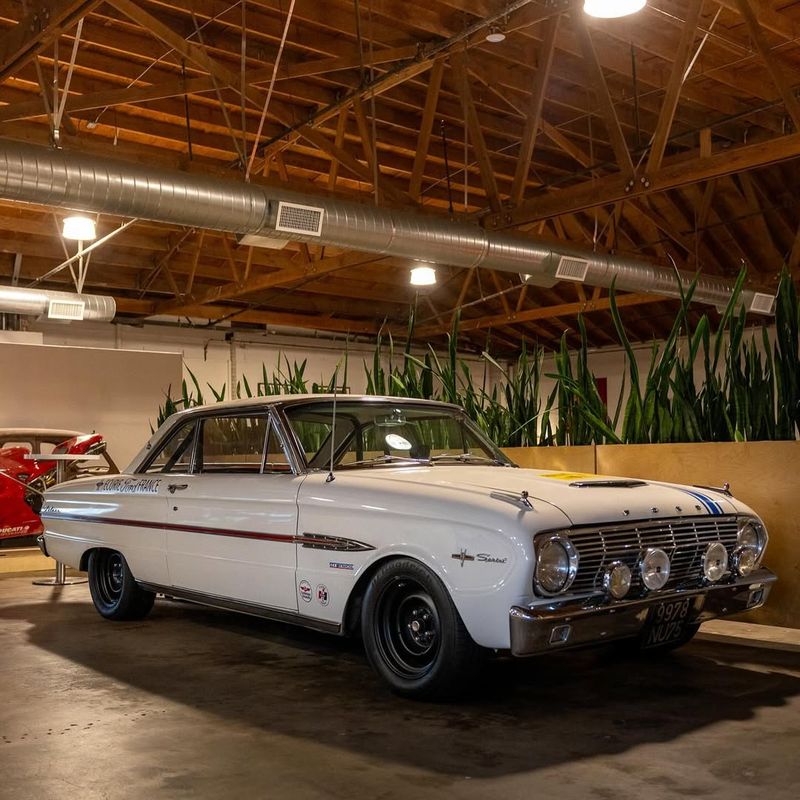
Ford’s Falcon Sprint aimed for sporty but ended up more pedestrian. It was more comfortable than fast, losing out to muscle car rivals.
While it offered a V8 engine, the overall experience was lacking in thrill. The Sprint’s allure waned as more dynamic options emerged.
Despite its shortcomings, the Falcon Sprint remains a beloved classic for its simplicity and charm. Its legacy is a gentle reminder of an era gone by.
9. Sunbeam Alpine
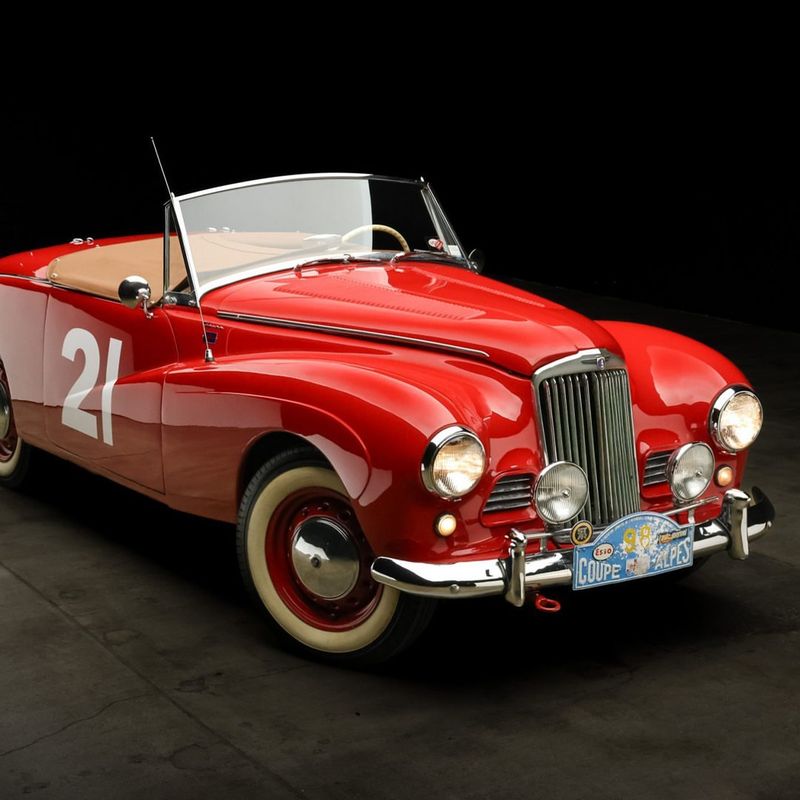
Stylish and James Bond–adjacent, the Sunbeam Alpine had curb appeal—but lacked the punch. Its laid-back performance and soft suspension didn’t quite deliver on its sporty looks.
British charm met budget roadster, and the result was a car more suited for leisurely cruises than thrilling drives.
Maintenance could be a chore, and rust liked to party with the chassis. It looked the part, but underneath, it wasn’t quite the sharp sports car fans hoped for.
10. Plymouth Valiant
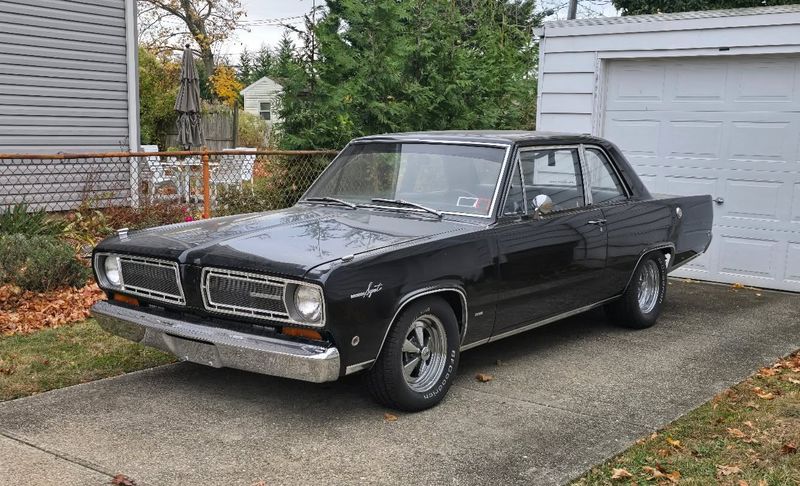
The Plymouth Valiant was dependable but dull, offering little excitement. It was the automotive equivalent of plain toast.
Notorious for its boxy design, it lacked the flair of its peers. The Valiant prioritized function over form, rarely turning heads.
While it served families well, its lack of pizzazz kept it in the shadows. This car’s legacy is one of practicality overshadowed by a mundane presence.
11. Studebaker Lark
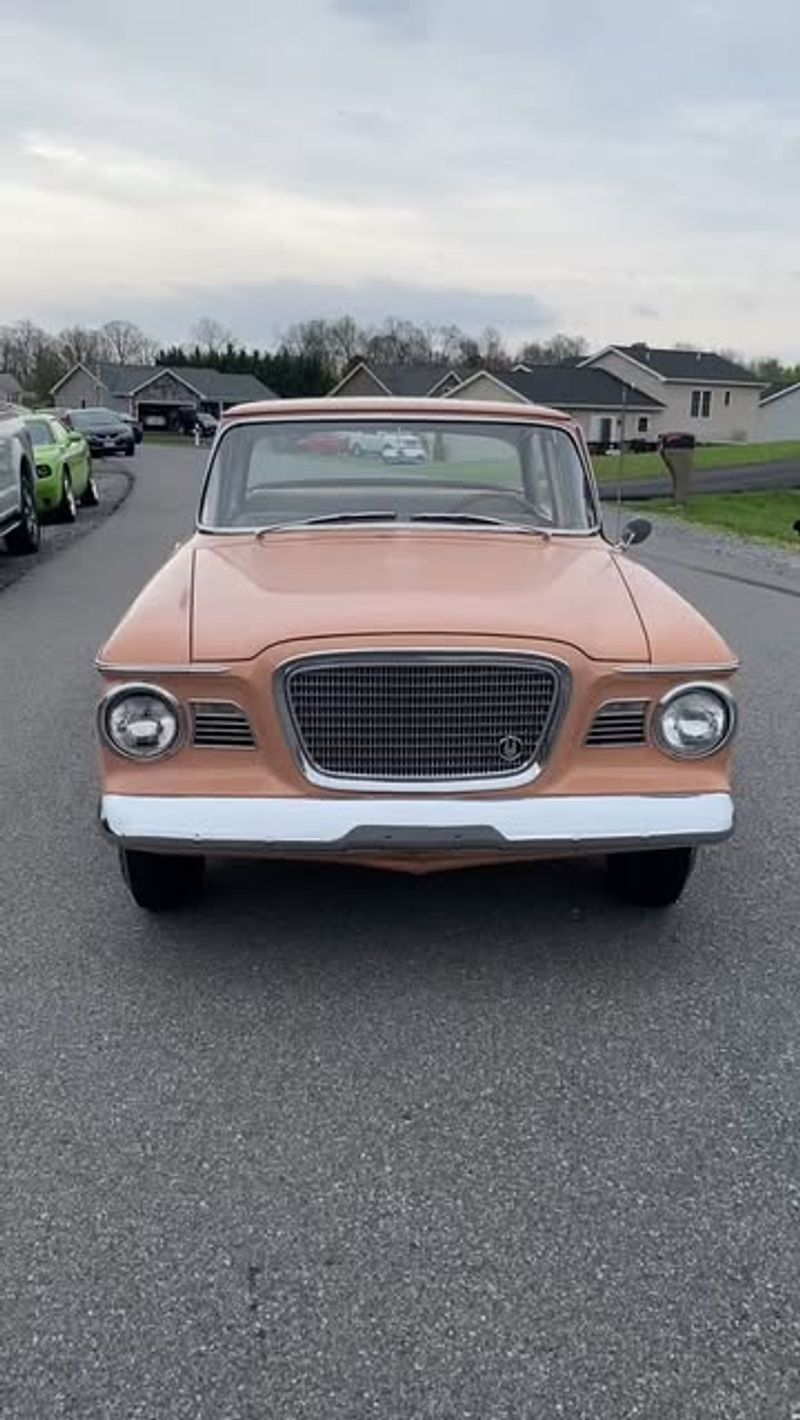
Studebaker’s Lark was a small wonder with big dreams. Sadly, it couldn’t quite deliver on those ambitions.
Its compact design was appealing, but performance and reliability issues held it back. The Lark’s charming exterior masked mechanical challenges.
Despite its setbacks, it remains a beloved classic, a testament to Studebaker’s unique approach. It’s remembered fondly by collectors today.
12. Dodge Dart GT

The Dodge Dart GT tried to play with the big boys but fell short. Its sporty intentions were hampered by a lackluster engine.
While it looked the part, the Dart GT couldn’t keep pace with its muscle car rivals. It was a case of style over substance.
Nevertheless, it carved out a niche among enthusiasts who appreciated its design. Today, it’s a reminder of ambition that exceeded execution.
13. Buick Special
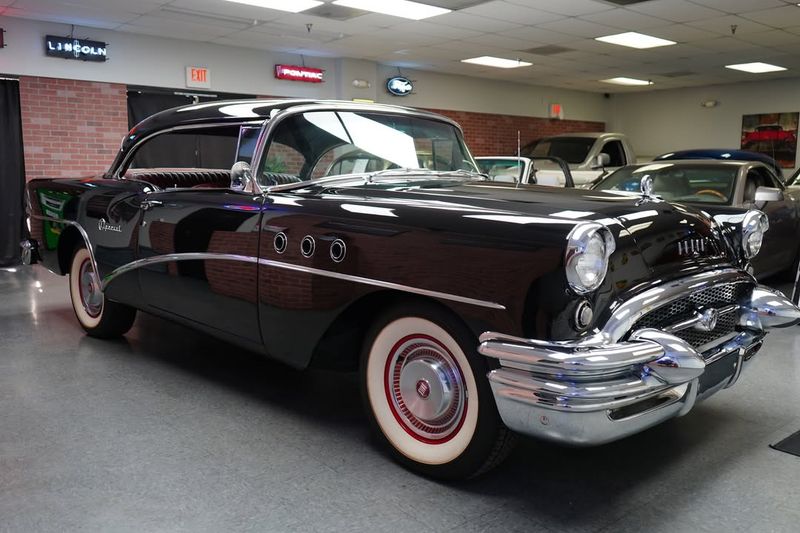
The Buick Special aimed to be just that—special. Unfortunately, its performance was more ordinary than extraordinary.
Though equipped with a V8, it struggled to stand out in a crowded market. The Special’s appeal was more aesthetic than exhilarating.
Despite its shortcomings, it remains a cherished piece of automotive history. Collectors admire its design, even if performance didn’t quite match.
14. Oldsmobile F-85
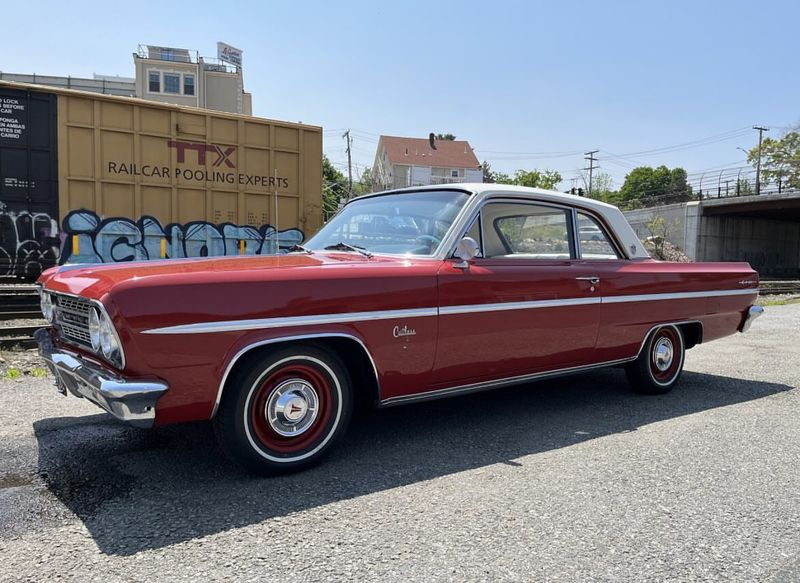
The Oldsmobile F-85 was supposed to bring luxury to the masses, but it felt more like a mid-tier compromise.
While it offered innovations like the aluminum V8, it couldn’t quite shake a reputation for being unremarkable. The F-85’s styling was more conservative than captivating.
Despite this, it has its share of admirers who appreciate its understated charm. It’s a classic example of ambition tempered by reality.
15. Mercury Comet
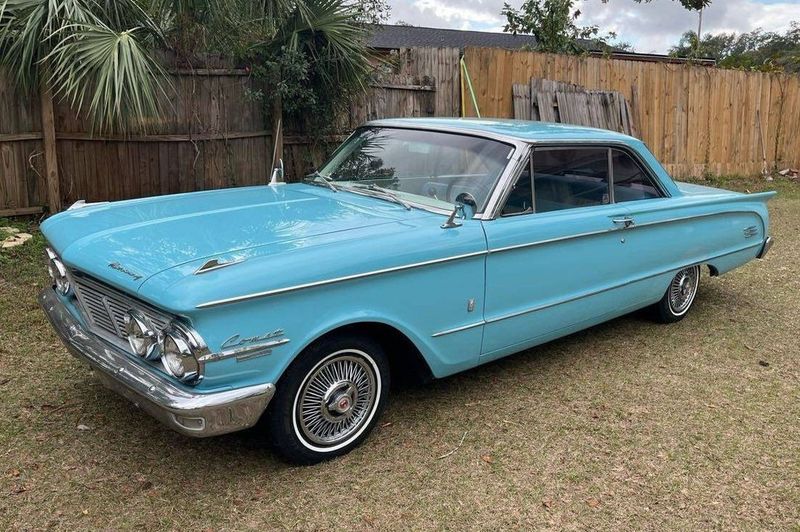
Mercury’s Comet tried to blaze a trail but fizzled out before reaching its destination. Its compact design failed to inspire.
The Comet boasted affordability but lacked excitement under the hood. While it served commuters well, it never captured the imagination of thrill-seekers.
Today, it’s a nostalgic nod to simpler automotive times. The Comet remains a reminder of the balance between affordability and allure.
16. Pontiac Tempest
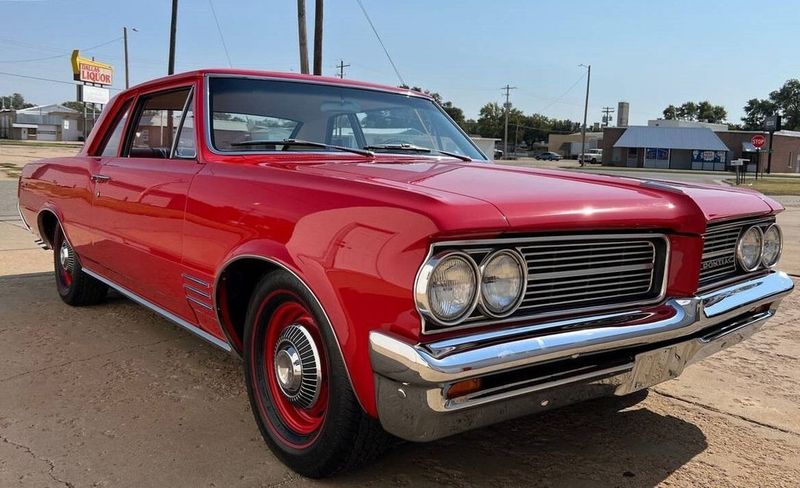
The Pontiac Tempest stirred excitement but left some wanting more. Its innovative engineering couldn’t compensate for its pedestrian performance.
While known for its unique transaxle, the Tempest’s real-world driving didn’t live up to the hype. It was a combination of innovation and compromise.
Yet, it holds a special place in automotive history for its daring approach.
17. Rambler American

The Rambler American wanted to be everyone’s car but ended up pleasing few. It was as basic as they come, with no frills attached.
While affordable, it lacked the flair of its competitors. The American’s simplicity was its defining feature, for better or worse.
Despite its modest offerings, it remains a beloved relic of its era. It’s a reminder of a time when cars were more about utility than excitement.
18. Fiat 850 Spider
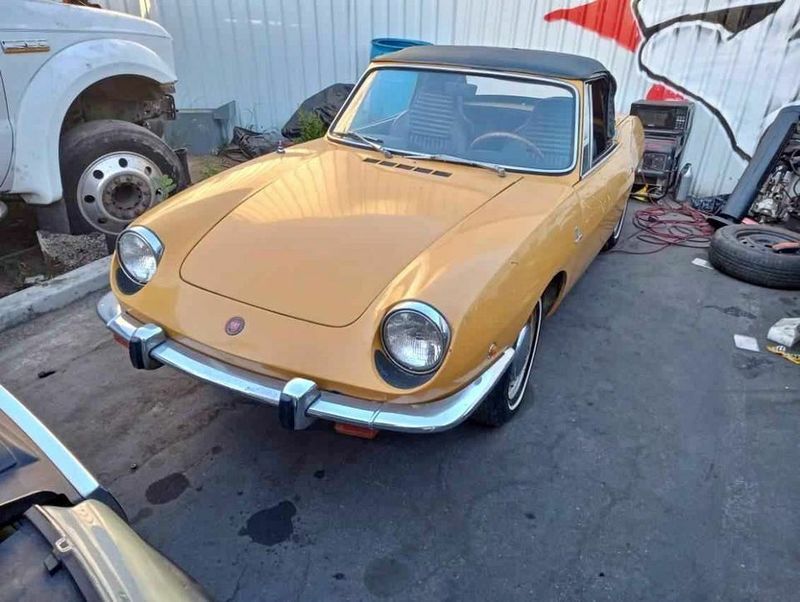
The Fiat 850 Spider was a vision of Italian style but a nightmare in reliability. Its tiny frame couldn’t hide the mechanical headaches.
While its design turned heads, owners were often left stranded by frequent breakdowns. The Spider’s allure was in its looks, not its longevity.
Yet, it remains an icon of Italian design, cherished by enthusiasts for its beauty. The 850 Spider is a lesson in style over substance.
19. Volkswagen Karmann Ghia
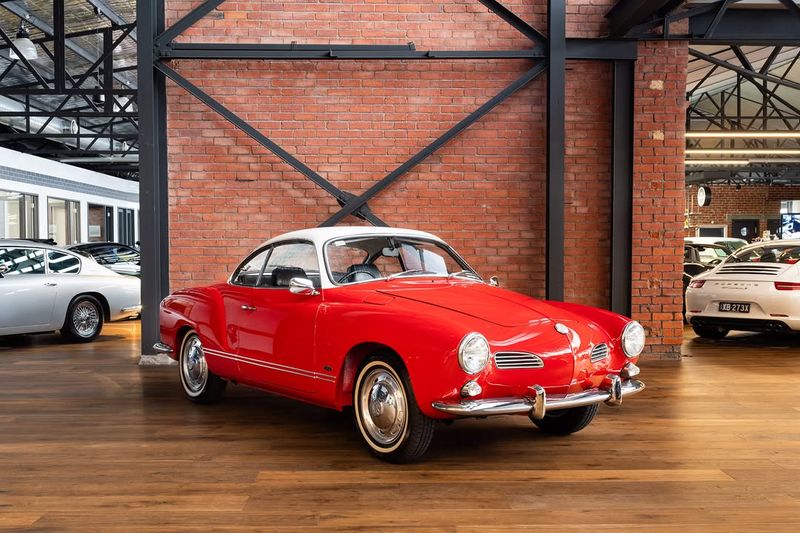
The Karmann Ghia blended Volkswagen reliability with Italian design flair, but performance was an afterthought.
While its looks were stunning, the engine struggled to keep up with modern demands. The Karmann Ghia’s charm lay in its appearance, not its speed.
Despite this, it holds a special place among classic cars, admired for its unique style.
20. Simca 1000
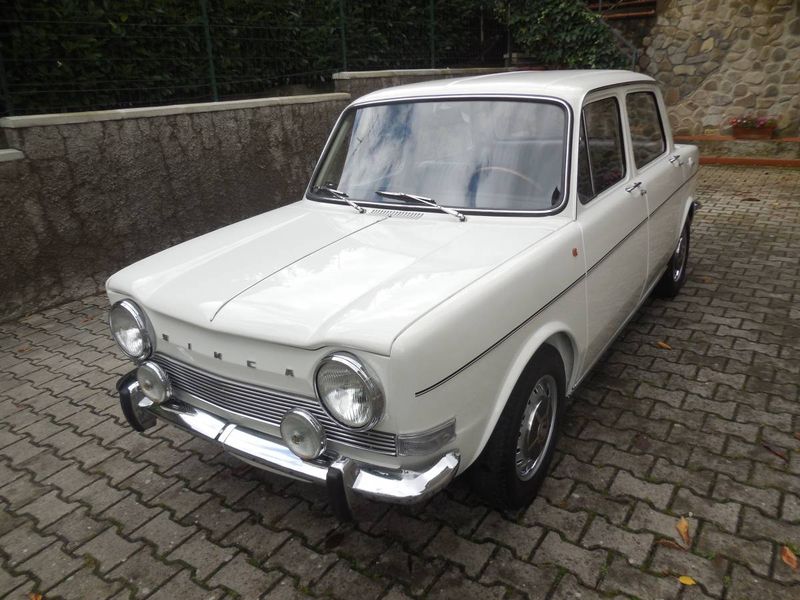
The Simca 1000 was a small car with big ambitions, but it couldn’t escape its limitations.
Its compact size made it ideal for city driving, but performance and build quality left much to be desired. The 1000’s quirks made it a challenging choice for many.
Today, it remains a charming relic of French automotive history. The Simca 1000 is a classic example of ambition clashing with reality.
21. Saab 96
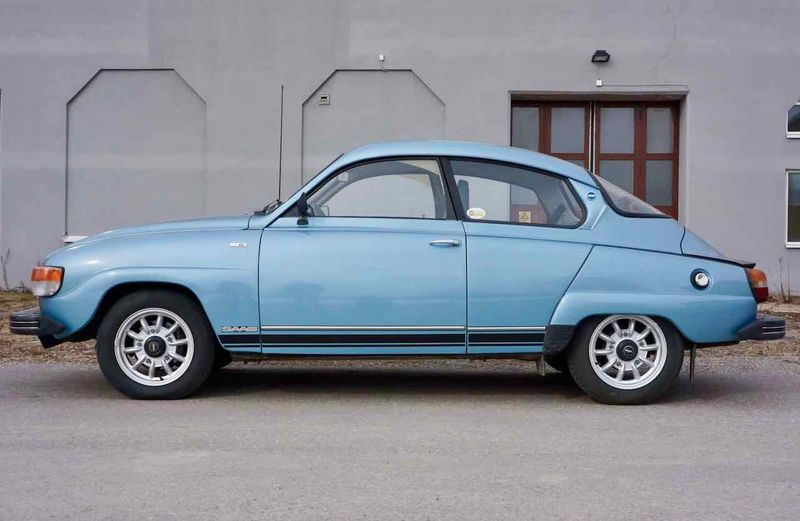
The Saab 96 was engineered for harsh winters, yet left some drivers cold with its quirky design.
While rugged, the 96 struggled to capture mainstream appeal. Its unique styling and engineering choices were not for everyone.
Enthusiasts appreciate its resilience, but it remains a niche choice. The Saab 96’s legacy is one of individuality and resilience against the odds.
22. Renault R8

Renault’s R8 aimed for practicality but was more of a middle-of-the-road performer.
While it offered a comfortable ride, its styling was unassuming and its performance unremarkable. The R8 was a workhorse, not a showstopper.
Yet, it remains a beloved classic, especially in Europe. The R8 serves as a reminder of the balance between function and flair.
23. Toyota Corona
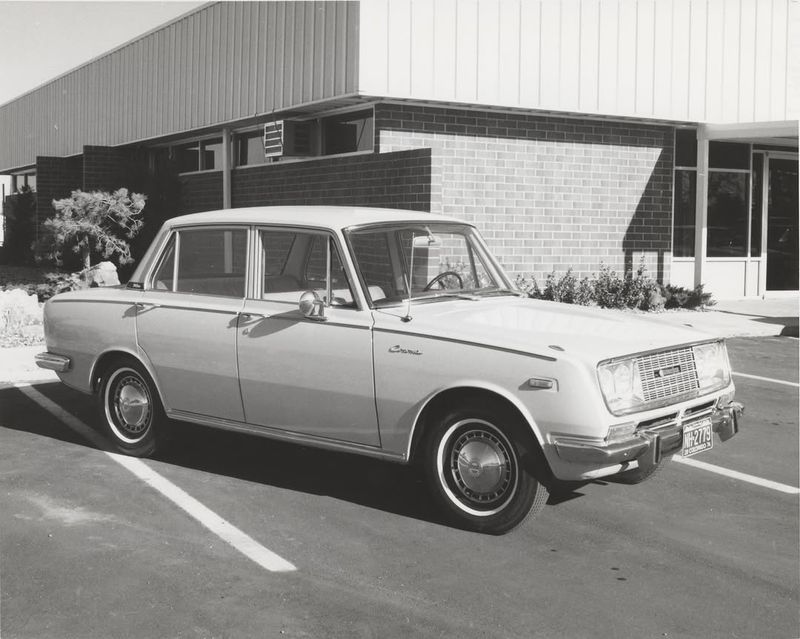
The Toyota Corona was reliable but about as thrilling as a bowl of rice. It was dependable to a fault.
While it earned a reputation for durability, its lack of excitement left drivers wanting more. The Corona prioritized reliability over style.
Today, it’s a classic symbol of Toyota’s commitment to quality. The Corona’s legacy is one of perseverance and practicality.
24. Datsun Fairlady
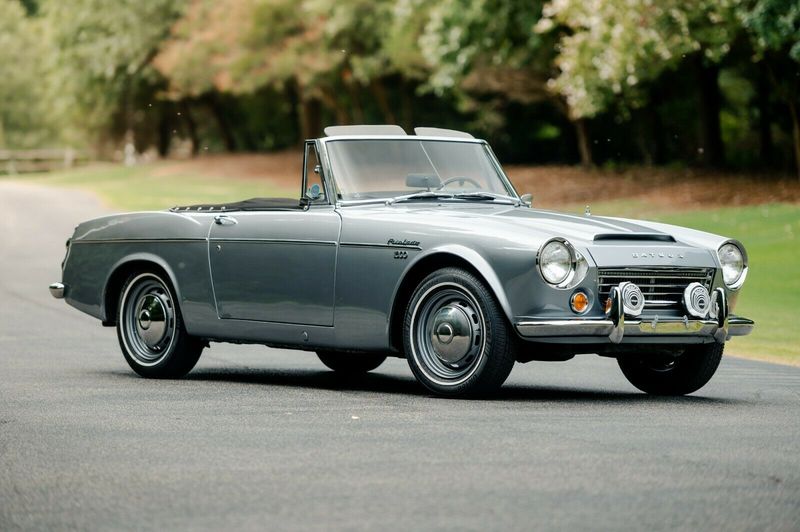
The Datsun Fairlady promised sportiness but delivered a more modest experience. Its name suggested excitement, but reality was different.
While charming in design, it lacked the power to back up its sporty looks. The Fairlady was more about the journey than the destination.
Despite this, it remains a beloved classic among Datsun enthusiasts. The Fairlady is a reminder of dreams that didn’t quite reach the stars.
25. Austin America

The Austin America aimed to bring British charm stateside but got lost in translation.
While it offered compact efficiency, it struggled with reliability issues that frustrated owners. The America’s style couldn’t mask its shortcomings.
Nevertheless, it holds a unique place in automotive history. The Austin America is a tale of charm overshadowed by challenges.
26. Chevrolet Nova (early years)
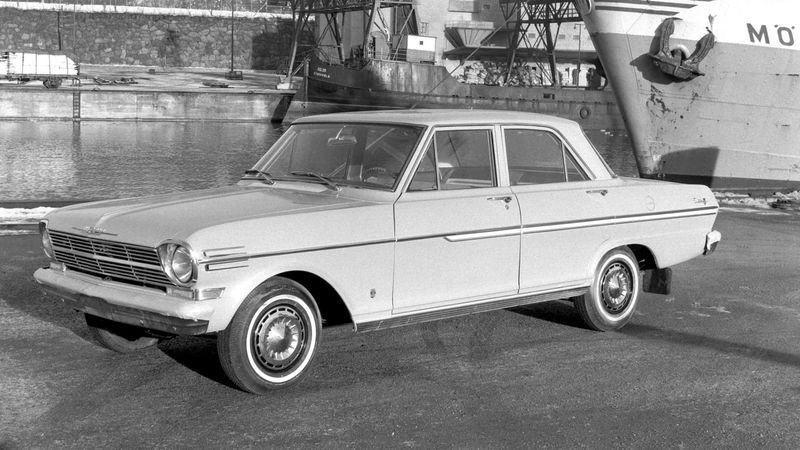
While the Chevy Nova eventually became a muscle car icon, its early ’60s versions were far from thrilling. Designed as basic transportation, it lacked the punch and polish of its later years.
The styling was safe, the interior was minimal, and performance was underwhelming unless you opted for top trims.
It was practical, yes, but not exactly pulse-raising. Its popularity grew, but in the early days, the Nova was more sensible suburban cruiser than street machine.
27. Dodge Polara

The Dodge Polara was big, bold, and a bit of a letdown. Its size promised power, but delivery was lukewarm.
While it turned heads with its commanding presence, the Polara’s performance left much to be desired. It was a case of bark being worse than bite.
Still, it remains a nostalgic favorite for its iconic design. The Polara’s legacy is one of style that couldn’t quite match substance.
28. Chrysler Newport
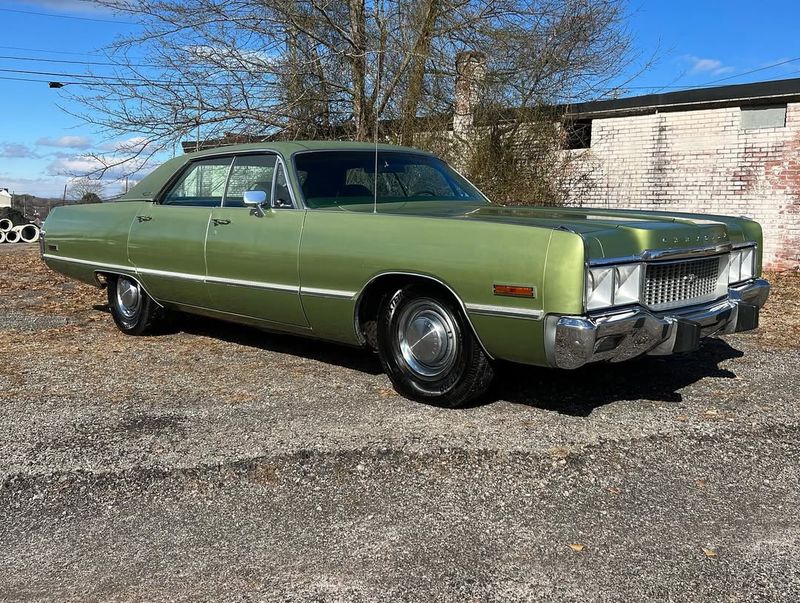
The Chrysler Newport aimed for luxury but felt more like a mid-range compromise.
While offering a spacious interior, the Newport lacked the refinement of true luxury contenders. It was a comfortable ride without the opulence.
Nevertheless, it holds a special place in the hearts of classic car lovers. The Newport is a gentle reminder of ambition tempered by reality.
29. Pontiac Catalina
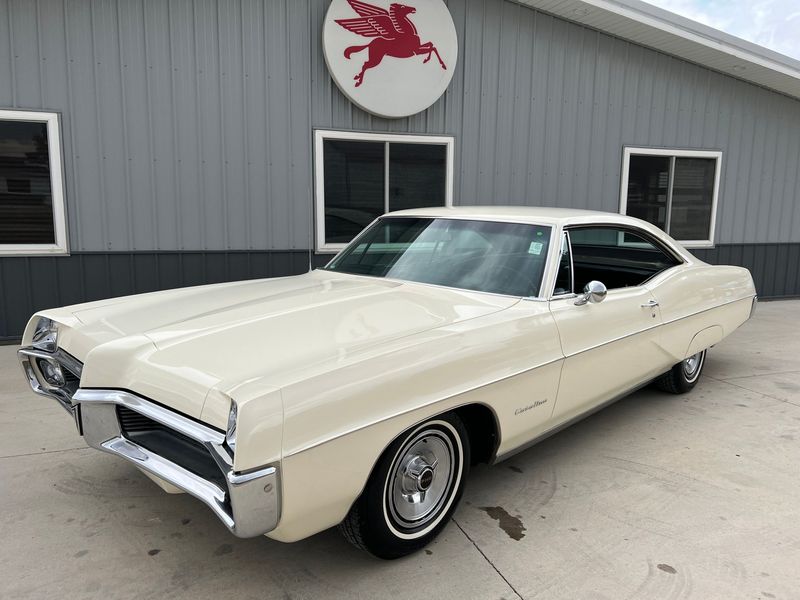
The Pontiac Catalina was a full-sized cruiser that promised much but delivered less.
While spacious and stylish, its performance was often overshadowed by competitors. The Catalina’s charm lay in its comfort, not its thrills.
Despite this, it’s fondly remembered for its role in family adventures. The Catalina is a nostalgic nod to simpler automotive pleasures.
30. Ford Galaxie (base trims)

The Ford Galaxie could roar—if you paid for the V8. But base trims in the 1960s felt like rentals with extra chrome.
Heavy, floaty, and sluggish, the lower-end Galaxies were all show and little go.
They had size, sure, and some classic style, but without the upgraded engine, driving one was more like steering a sofa on wheels.
Not exactly the full-size dream Ford promised. The flash was there, but the fun? Not so much.
31. Nash Metropolitan (lingering into early ‘60s)

The Nash Metropolitan lingered into the 1960s as a quirky relic of a bygone era.
Its compact size made it adorable, but practicality was limited. The Metropolitan’s appeal was more visual than functional.
Still, it remains a darling of car shows and collections. The Metropolitan is a tribute to unique design choices that defy convention.
32. Peugeot 404
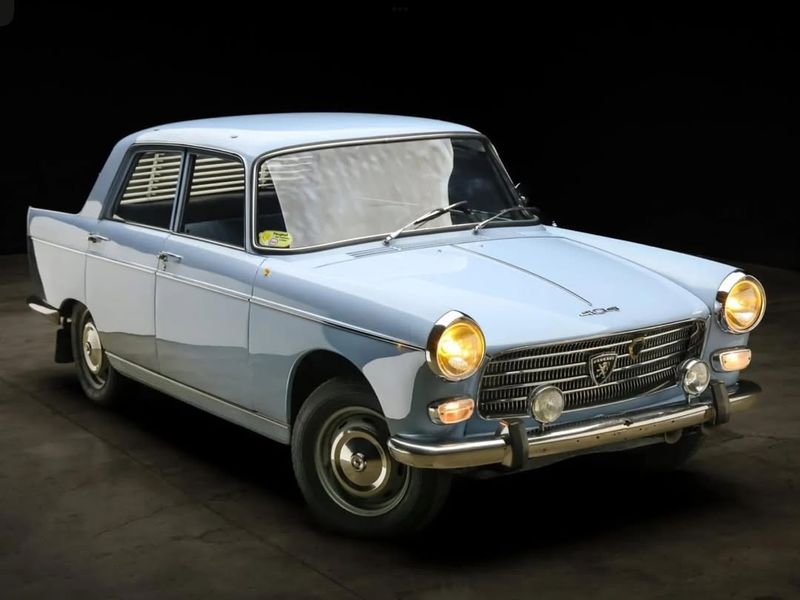
The Peugeot 404 looked sharp in that Parisian, mid-century way, and it was certainly dependable. But excitement wasn’t on the menu.
While robust and well-built, it offered sluggish performance, clunky gear changes, and vague steering feel.
The ride was comfy—great for wine country, not for spirited drives. It made more sense as a rugged taxi in Africa than a classic to drool over. Stylish but slow, the 404 was more about long life than thrills.
33. Vauxhall Victor
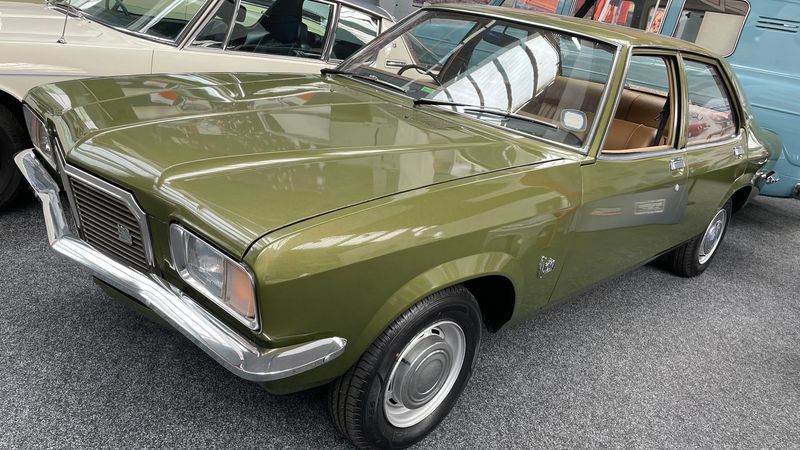
The Vauxhall Victor aimed for the middle ground but fell short of expectations.
While affordable and practical, it struggled with issues that marred its reputation. The Victor’s styling was more conservative than captivating.
Nevertheless, it remains a fond memory for those who owned one. The Victor is a reminder of practicality tempered by challenges.
34. Skoda Octavia

The 1960s Skoda Octavia was a charming underdog, and while it looked like a scaled-down American cruiser, the performance didn’t match the promise.
Slow, dated, and not particularly agile, it was outclassed by most of its European contemporaries. Built behind the Iron Curtain, it lacked the refinement and innovation buyers came to expect.
It had its fans, especially in rally circuits, but for the everyday driver, the Octavia was more modest slog than motoring icon.
35. Alfa Romeo Giulia 1300
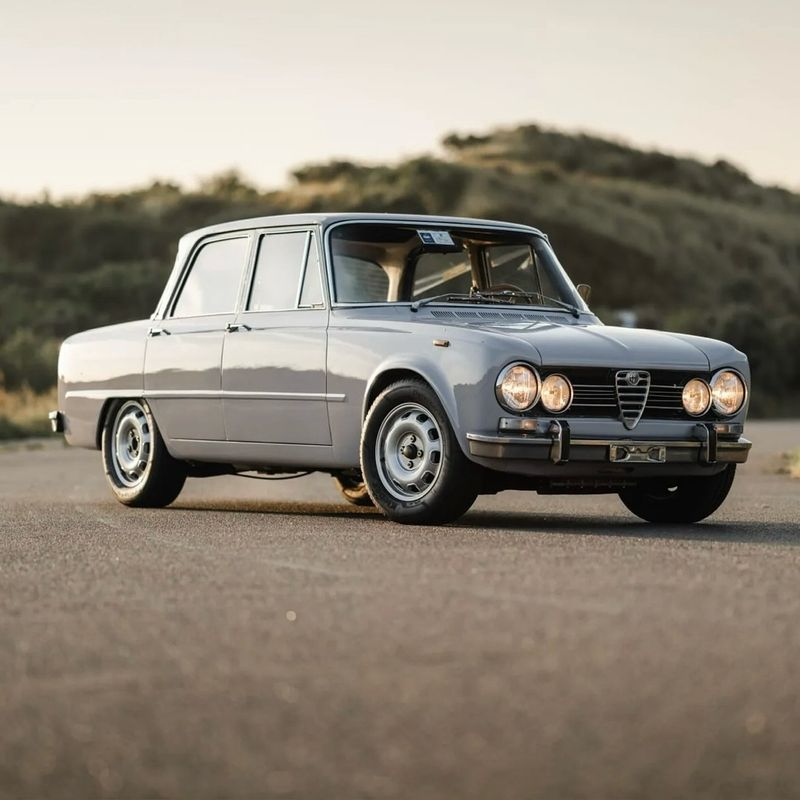
The Alfa Romeo Giulia 1300 was a beauty with a few too many quirks.
While its design was captivating, mechanical issues often overshadowed its allure. The Giulia’s performance was more temperamental than thrilling.
Yet, it remains adored by enthusiasts for its style and character. The Giulia is a classic example of passion over perfection.
36. Opel Kadett A

Cute, compact, and surprisingly roomy, the Opel Kadett A had great intentions. But it was also cheaply made and barely powerful enough to get out of its own way.
With a tiny 1.0-liter engine and forgettable handling, it was a city car built for patience.
Opel meant it to be practical and affordable, but spirited driving wasn’t in its DNA. The Kadett looked good in European brochures, but in real life, it left drivers yawning.
